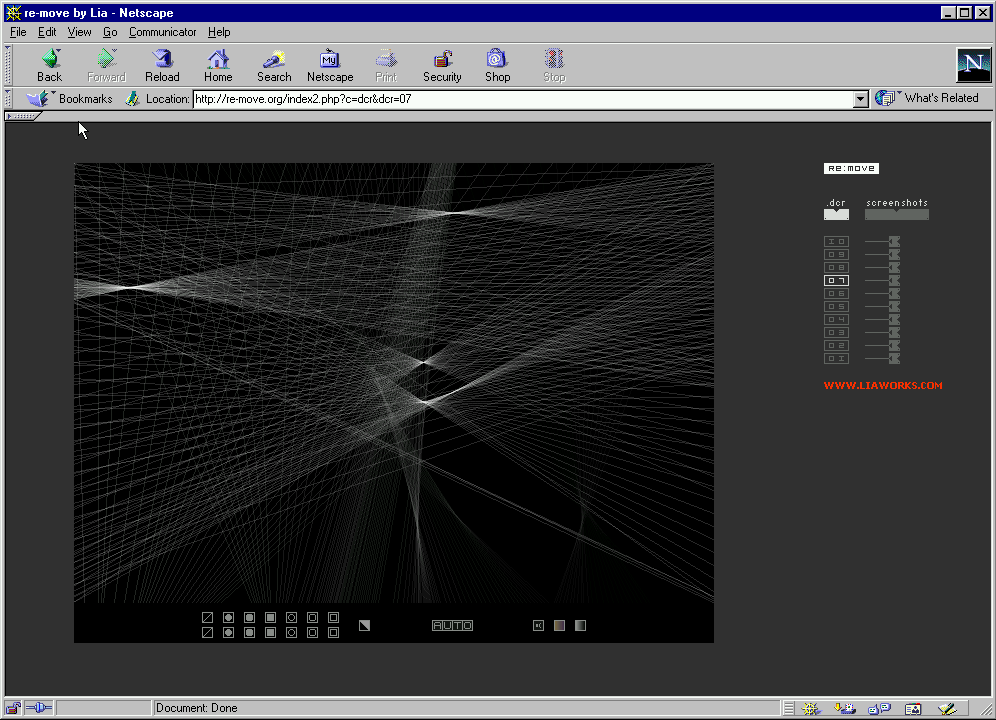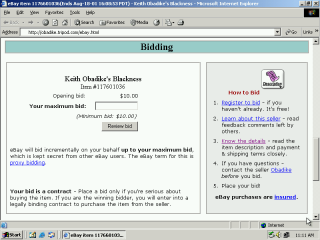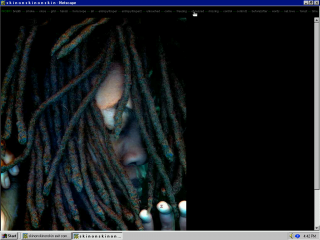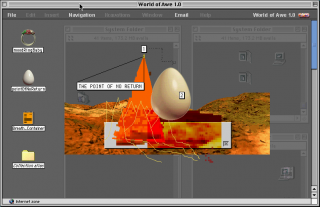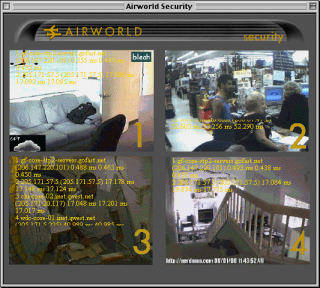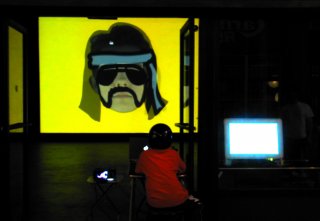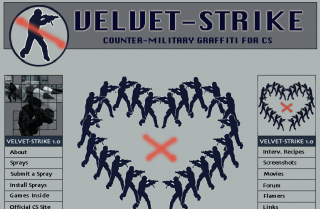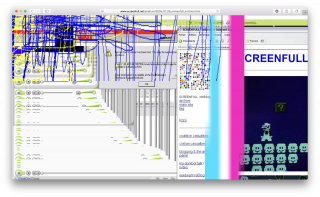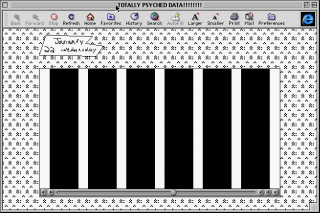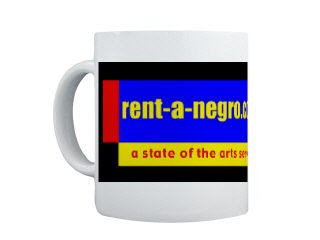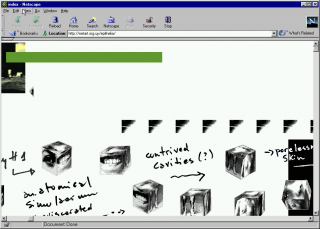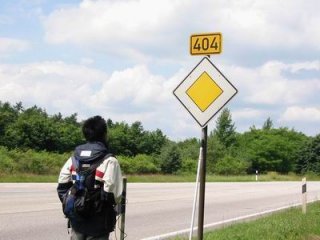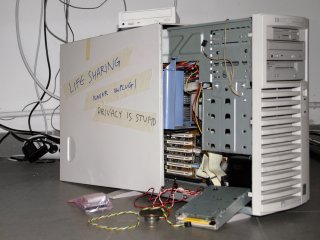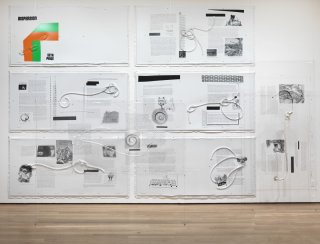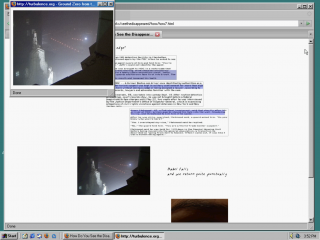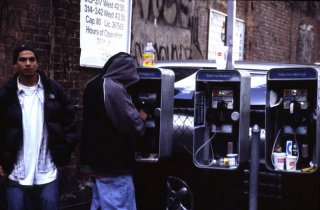Re-move
Lia
1999 - 2003
Re-move by the pseudonymous artist Lia allows users to manipulate a series of generative audiovisual compositions that balance organic forms with the rawness of fin-de-siècle Viennese abstraction. The works, which were created in Macromedia Director, are newly restored as part of Net Art Anthology.
Each composition on Re-move finds a unique balance among the artist’s formal choices, user interaction, chance, and algorithmic processes. Thus, they convey the idea that the computer is less an artistic tool in a traditional sense than an interplay among disparate processes. Balancing responsiveness, randomness, and repetition, the evolving abstractions that are generated allow the underlying processes that shape them to remain legible in spite of their complexity.
Visit work
“Programming can be like creating my own butterflies and watching them fly.”
– Lia
Lia began working in the mid-1990s in Vienna, where she was a part of a loose community of artists who experimented with abstraction and form across a range of media, including film, visual art, and music.
Read about the exhibition Austrian Abstracts, which chronicled the 1990s Viennese art scene
“During this (golden) period, Vienna was a hotbed of experimentation. A large group of artists pushed the boundaries of abstraction in visual art as well as music, often experimenting with code-based tools.”
– Marius Watz
Lia began collaborating with the artist Dextro in 1997 to create a series of interactive audiovisual compositions on their shared website, turux.org (now offline). The two worked with Macromedia Director, a tool that was marketed to web designers with the promise that it would “Add life to the web!” Lia’s work lived up to this promise in its own way, balancing soft, organic forms with hard-edged geometry and a spare color palette.
Turux.org employed principles that were later associated with the field of generative art, in which (according to Marius Watz) “the artist creates a system, typically a piece of software, which is either used to create a work of art or constitutes a work of art in itself...Generative works are ”open“ in the sense that the artist does not completely control the process, but allows other factors (whether randomness, external sensory output or user interaction) to affect the output.”

With Re-move, Lia put particular emphasis on user interaction. Each work in the series includes a set of enigmatic icons, which alter parameters of the composition. Through trial and error, the user can manipulate the composition in more sophisticated ways, but can never control it completely.
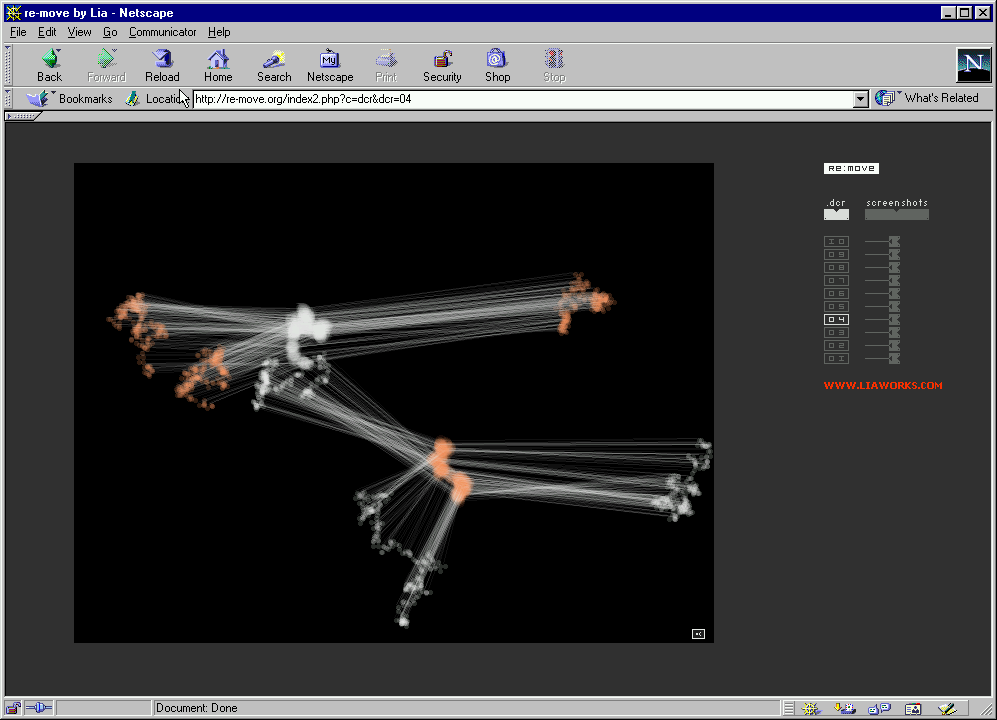
“No fight, no time limit, no high score, no monsters, no winner, no loser, just play” – Lia
In Re-move 01, the user clicks on a quasar shape at the bottom left of the window in order to draw dots at random on a white canvas. The exact location of dots is determined by chance, but the number of dots is deteremined by the user.
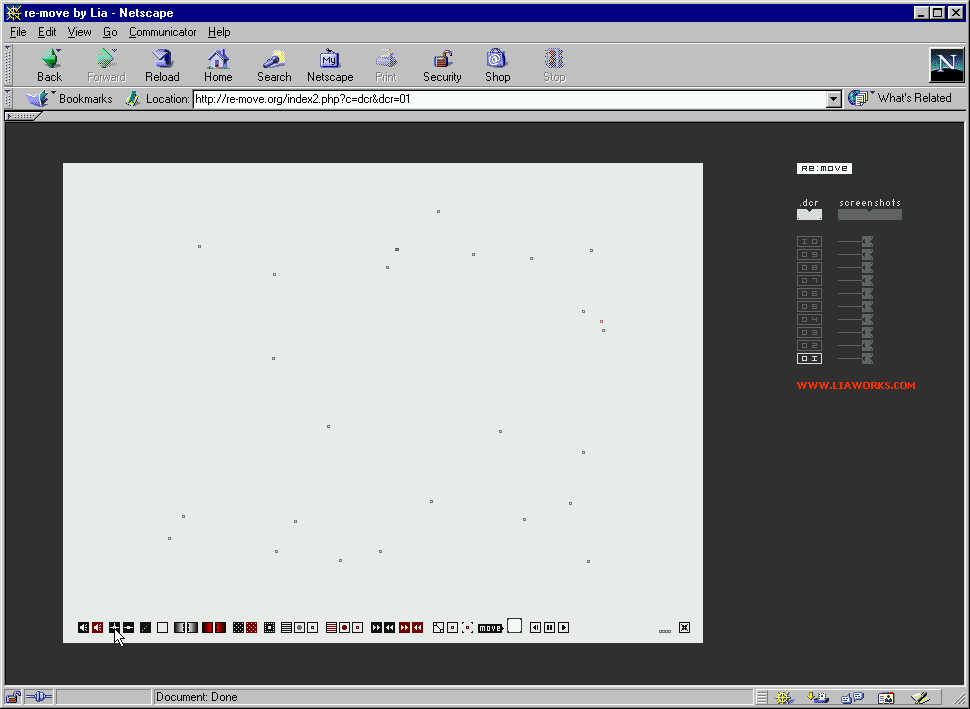
Clicking on an icon in the shape of a diagonal slash causes the dots to multiply, slowly filling the screen like a kind of slime mold. Their growth follows a legible pattern, and the viewer can infer the underlying rules governing their behavior.

Thus, even as the overall composition grows in complexity, it remains legible as a composition formed by artist, user, chance, and algorithm, all working in concert.

